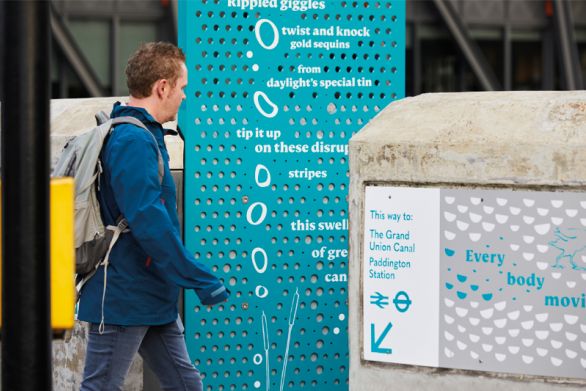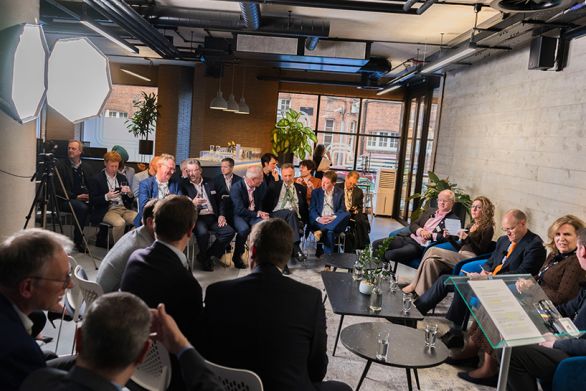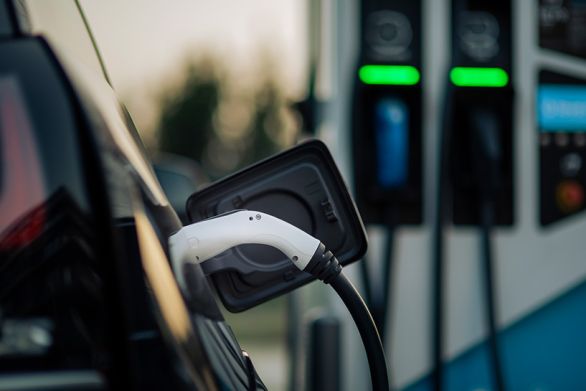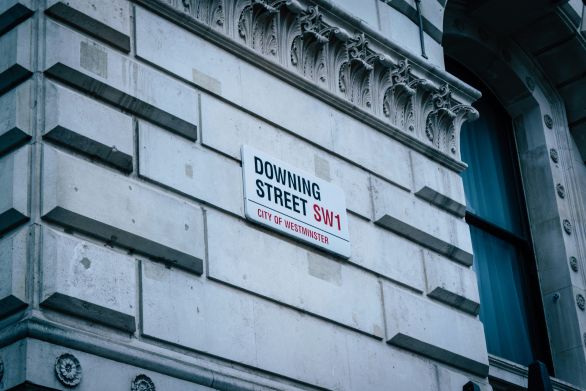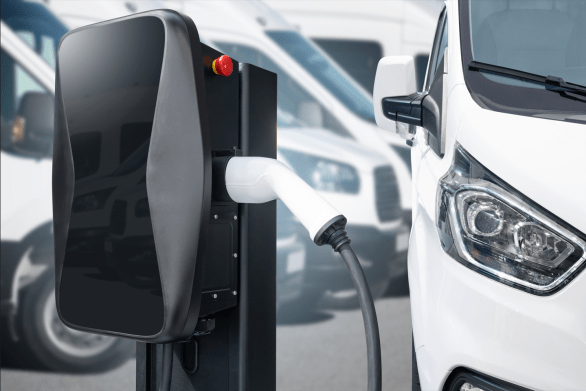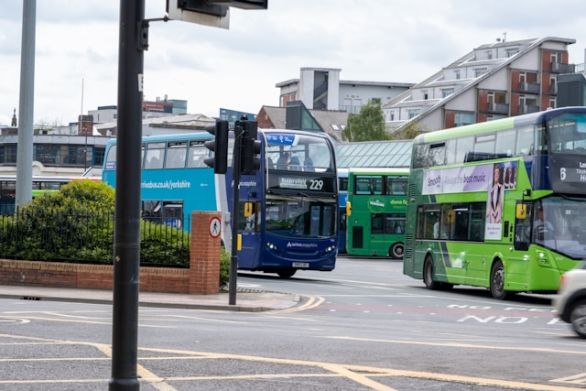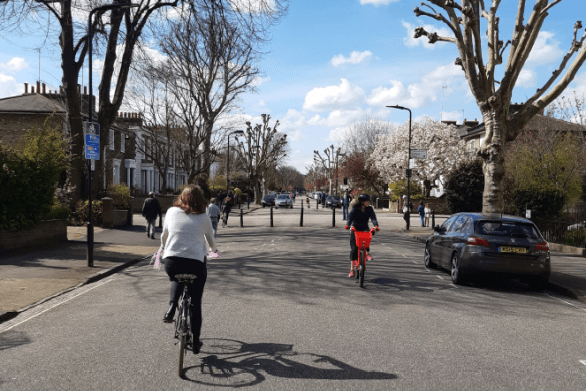In September, the rebuilt Birmingham New Street station was opened to the public with reactions of both surprise and delight. Once voted Britain’s ugliest building, the new station has been completely transformed, with a vast, rippling, transparent roof over a concourse the size of thirteen Wimbledon tennis courts and filled with natural light.
The design for Birmingham New Street station was the subject of one of the largest pieces of research into the value of the ‘Urban Realm’ ever completed in this country. There was never much doubt that getting rid of the old station would be popular; after all, people like large, airy, light-filled public spaces, as shown by precedents going back centuries. But in times of constrained funds how much is it actually worth spending to achieve this? Would people like the new station enough to justify the £600 million price tag?
This was the question put to us back in 2006. We answered it with a piece of research designed to measure how much people would be willing to pay, individually, for a dramatic new station. At its core was an unusual implementation of Stated Preference research.
We looked at two options. The first retained much of the old building, but offered a new pedestrian plaza at the entrance with large departures information display boards. Basically this option consisted of the old building with artificial lighting but with new pleasant surroundings and a new entrance. The second option was a complete rebuild of the station with a large concourse covered by a new, transparent roof to admit natural light; essentially, it was what has actually been built.
Each option had a price attached to it. People taking part in the research were asked to imagine that a local sales tax would be raised to pay for the station, and they were told how much this would cost them, personally, and for how long.
Interviews were carried out with 740 visitors to central Birmingham. They were shown a series of pictures of three station designs at a time, each with its own price tag, and asked to say which one they would prefer. Their answers were put through statistical analysis allowing us to derive ‘willingness to pay’ values for the different station options. As the name suggests, these are estimates of how much people would be willing to pay for the improved stations. This is the basis for calculating the user benefit enjoyed by the station’s visitors, and of the cost-benefit analysis.
The results of the survey showed that people certainly attached value to the lesser option, but that what made a large difference was the station rebuild. People really did value all that space and natural light, so much so that the present value, over 60 years, was well over £100 million pounds, contributing significantly to the economic case. Now, ten years on, we have a magnificent new station in Birmingham.
